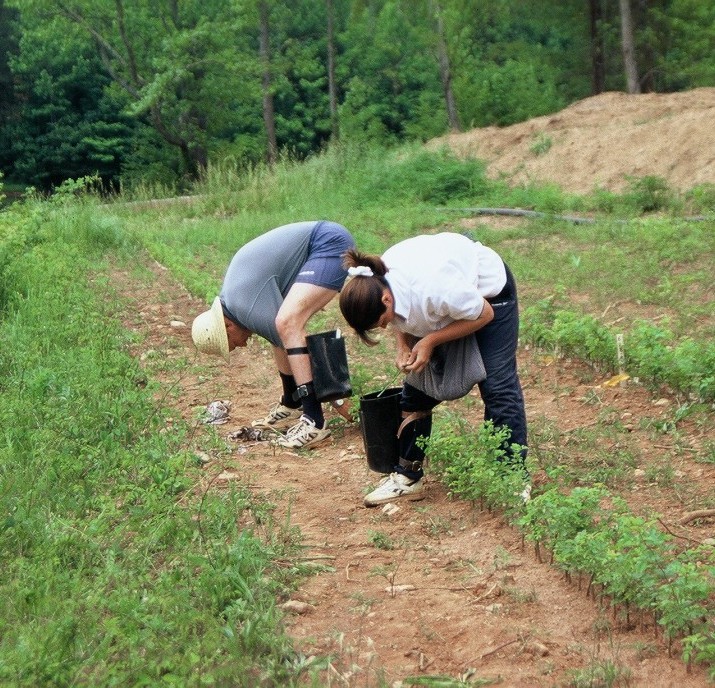
Photo/Illustration: Paul Zimmerman Roses
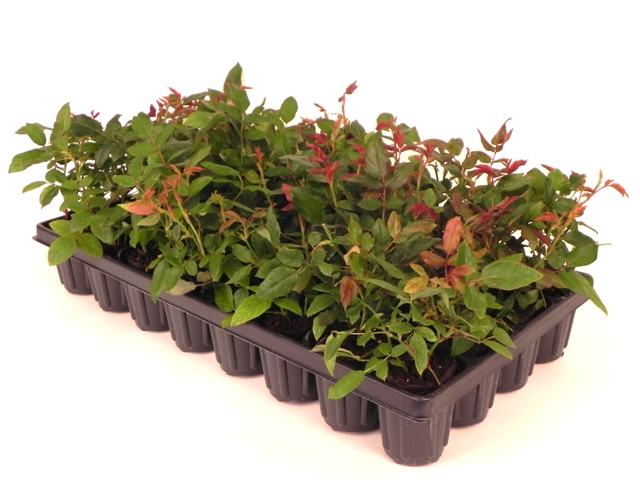
Photo Courtsey of Greenheart Farms

Photo/Illustration: Paul Zimmerman Roses

Photo Courtsey of Greenheart Farms
In our blog post last week we talked about own-root roses seeming to take longer in becoming established in our gardens. We discussed this is due to most own-root roses being grown and sold in pots, plus they are younger when you get them. Budded (or grafted) roses are much older. That, coupled with being grown in the ground, means when the plant arrives to you they are more mature. And like any plant, the older it is when you get it the quicker it becomes established.
I would imagine by now some of you are thinking, “well, if they establish quicker why aren’t all roses simply sold as two year old budded plants”?
And that’s a great question!
The reason roses are being grown more as own-root roses has a lot to do to with the difficluty in finding skilled budders and the costs of caring for those roses in a field for two years. Skilled rose budders are getting harder and harder to find. If you have never seen anyone bud roses in a field it is back breaking work. When I had my old nursery I hired budders for the first two seasons and as you can see from the photo above you better be in shape. They budded for 6-7 hours straight, and I once figured they budded a rose about every 7 seconds.
Additionally when you bud roses you never get a 100% “take”. A “take” is how many buds actually live and produce a sellable rose by harvest time. 90% is considered quite good. But in a field of say one million roses that means you paid to have 100,000 roses budded that never had a “take” and that money is lost. Add in the fact the grower is feeding and spraying the field as a whole which then means they are feeding and spraying 100,000 roses for two years that will never be sellable. Hardly a good business model!
From an economic standpoint these are a few of the reasons you are seeing less budded roses grown in fields for two years and more grown in containers from rooted cuttings.
So is there a middle ground between roses raised in containers and roses raised in fields?
The answer is yes and they are called Field Grown Own-Root Roses.
With this process the plugs from the trays are simply planted directly in the ground and grown on. But instead of two years to fully grow the plant for harvest, they can be harvested twelve months later or just one year. And since the field was planted with all living plants the “take” from the field is closer to 100%. These two things mean the grower is cutting the care time of fertilizing and spraying in half (from two years to one) and they are caring for a field of roses that are all alive instead of say 90% of them. Now that is a better business model!
Roses grown in this manner generally appear and act similar to two year old field grown budded roses. This is the nice middle ground. You get a more mature plant and the grower keeps their costs down. A win-win. While I don’t think all roses in the future will be grown this way, I do think you will see more and more of it. I know some growers already who used to be 100% field grown budded roses that are switching to field grown own-root roses. And in my opinion that is a good thing.
But business models aside there is another reason you are seeing more and more own root roses. Why?
For that you’ll have to stay tuned!
Happy Roseing
Paul

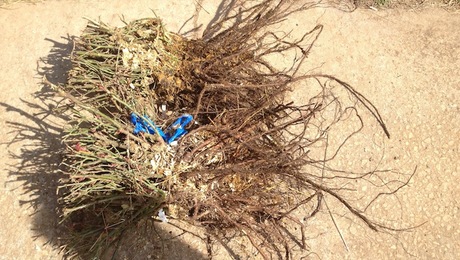
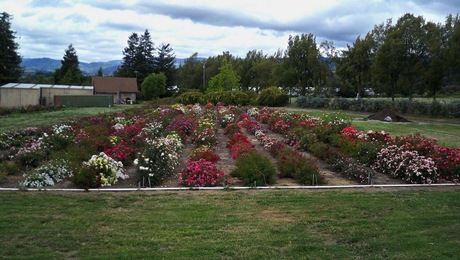

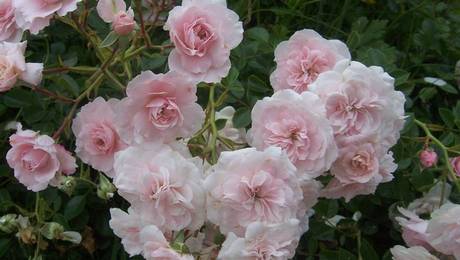
















Comments
Log in or create an account to post a comment.
Sign up Log in